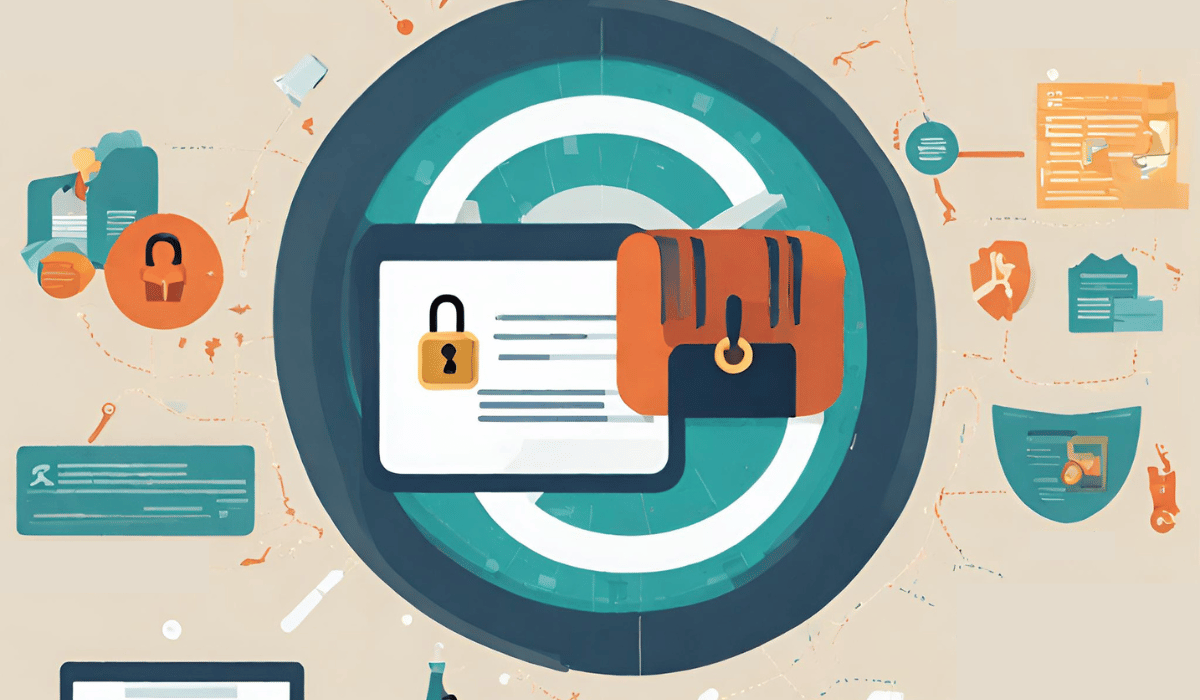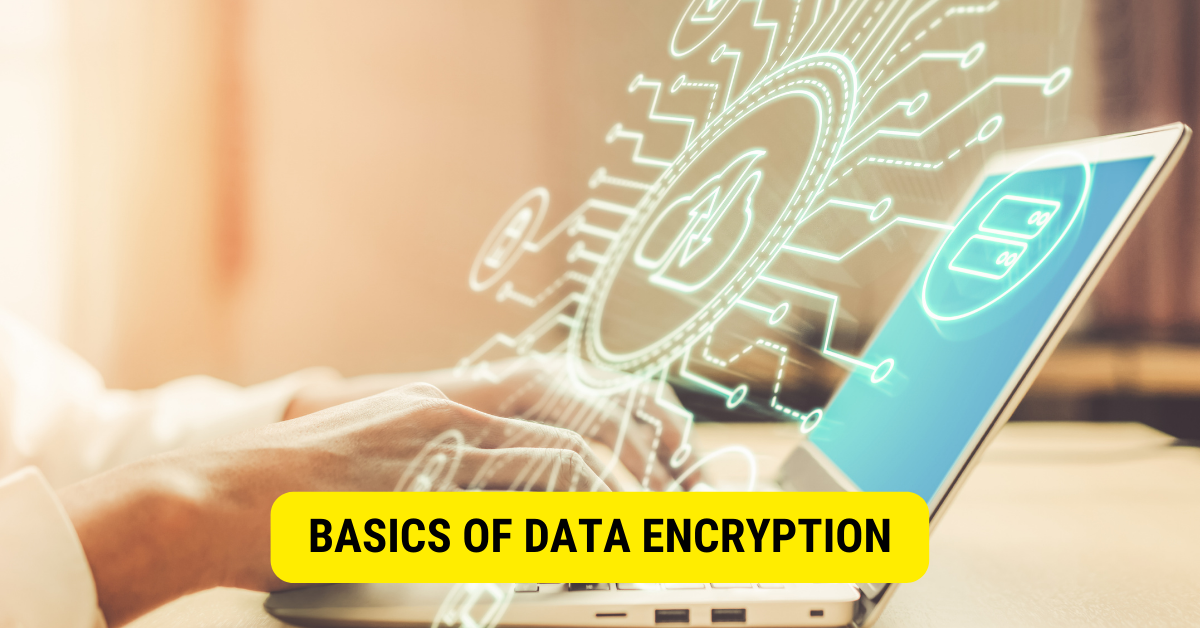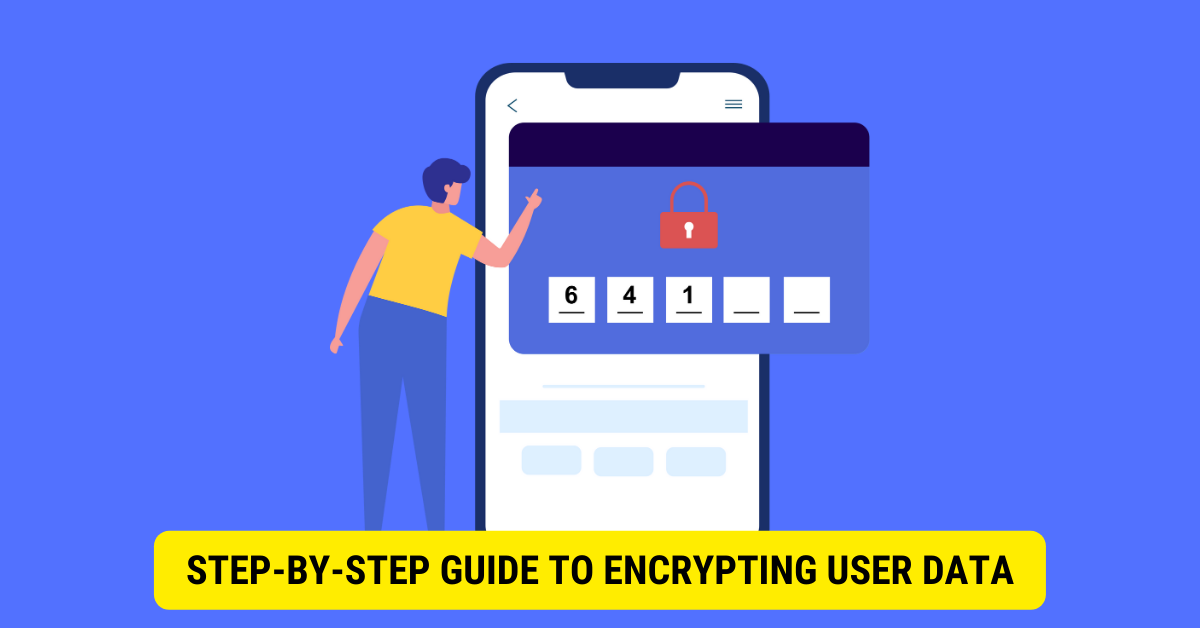To encrypt user data:
- Use a strong encryption algorithm like AES.
- Generate a unique encryption key for each user.
- Encrypt the data using the key before storing or transmitting it.
- Safely store the encryption keys to ensure secure access and decryption.
In today’s digital age, ensuring the security of user data has become a critical concern for businesses and individuals alike. Data encryption is one of the most effective ways to protect sensitive information from unauthorized access. In this step-by-step guide, we will explore the process of encrypting user data and provide valuable insights and tips to help you safeguard your data effectively.
Understanding the Importance of Data Encryption
Data encryption plays a vital role in data security by transforming information into an unreadable format, making it inaccessible to unauthorized individuals. It is a robust defense mechanism against data breaches and cyber threats, ensuring only authorized parties can decipher and access protected information.
When it comes to data security, encryption is a powerful tool that provides additional protection for sensitive data. It goes beyond simple password protection or firewalls and helps maintain confidentiality by ensuring that only authorized individuals with the appropriate encryption keys can decrypt and access the encrypted information. This prevents unauthorized users, such as hackers or malicious actors, from accessing valuable data.
The Role of Encryption in Data Security

Data encryption safeguards sensitive information and helps foster trust between businesses and their customers. Organizations demonstrate their commitment to protecting customer data and maintaining privacy by implementing strong encryption measures. This is particularly crucial in industries that deal with highly sensitive information, such as healthcare, finance, and e-commerce.
Furthermore, encryption plays a significant role in compliance with various data protection regulations. Many jurisdictions require organizations to implement encryption as part of their data security measures. By adhering to these regulations, businesses can avoid hefty fines and legal consequences, ensuring the integrity and confidentiality of their data.
Risks of Not Encrypting User Data

Failing to encrypt user data can have severe consequences for businesses and individuals. Without encryption, sensitive information becomes vulnerable to unauthorized access, theft, and manipulation. Cybercriminals are constantly evolving their tactics, and without encryption, they can easily exploit vulnerabilities in data storage and transmission systems.
Imagine a hacker gaining unauthorized access to a company’s database that stores customer information. Without encryption, the hacker can freely browse the database, extracting personal details, financial information, and even login credentials. This exposes the affected individuals to identity theft and financial fraud and tarnishes the reputation of the business responsible for safeguarding their data.
Furthermore, failing to encrypt user data can result in legal ramifications. Data protection laws, such as the General Data Protection Regulation (GDPR), impose strict requirements on organizations regarding personal data protection. Non-compliance can lead to significant financial penalties and damage a company’s reputation.
Encrypting user data is essential to mitigate these risks and preserve data integrity. By implementing robust encryption algorithms and secure key management practices, businesses can ensure that even if a data breach occurs, the stolen information remains unreadable and unusable to unauthorized individuals.
Basics of Data Encryption

Data encryption involves convertingplain text data into cipher text, rendering it unreadable without the corresponding encryption keys. Using encryption algorithms, we can transform data into an encrypted format only deciphered by authorized recipients.
What is Data Encryption?
Data encryption is converting electronic information into an encrypted form using cryptographic algorithms. It ensures that data remains safeguarded during transmission, storage, and processing, effectively protecting against unauthorized access and interception.
In today’s digital age, where data is constantly being transmitted and stored, data encryption plays a crucial role in maintaining the confidentiality and integrity of sensitive information. It provides a layer of security that prevents unauthorized individuals from accessing and understanding the data, even if they manage to gain access to it.
When data is encrypted, it undergoes a series of complex mathematical operations that transform it into an unreadable format. This process involves using encryption keys, which are unique codes required to decrypt the data and convert it back to its original, readable form.
Encryption algorithms are the mathematical formulas used to perform the encryption and decryption processes. These algorithms employ techniques such as substitution, permutation, and mathematical functions to scramble the data and make it incomprehensible to anyone without the proper decryption key.
Ways To Encrypt Data
Several types of data encryption algorithms are available, each with unique characteristics and use cases. Understanding the different types of data encryption is essential for implementing the appropriate security measures to protect sensitive information.
Symmetric Encryption
Symmetric encryption, also known as secret key encryption, uses a single encryption key to encrypt and decrypt the data. This means the same key is used for both the sender and the recipient of the encrypted data. Symmetric encryption algorithms, such as Advanced Encryption Standard (AES) and Data Encryption Standard (DES), are widely used for securing data at rest and in transit.
Asymmetric Encryption
Asymmetric encryption, also known as public key encryption, utilizes a pair of keys: a public key for encryption and a private key for decryption. The public key is freely available to anyone, while the private key is kept secret and known only to the intended recipient. Asymmetric encryption algorithms, such as RSA and Elliptic Curve Cryptography (ECC), are commonly used for secure communication, digital signatures, and key exchange.
Hashing
Hashing is a different approach to data encryption. Instead of transforming data into an encrypted form that can be decrypted, hashing involves transforming data into a fixed-length string of characters, known as a hash value or hash code. This hash value is unique to the input data and is generated using a hashing algorithm, such as Secure Hash Algorithm (SHA) or Message Digest Algorithm (MD5). Hashing is commonly used for data integrity checks, password storage, and digital fingerprinting.
Each type of data encryption algorithm has its strengths and weaknesses, and the choice of encryption method depends on the specific security requirements and use case. Combining encryption techniques, such as symmetric data transmission and asymmetric encryption for secure key exchange, can provide a robust and comprehensive data protection solution.
Preparing for Data Encryption
Before implementing data encryption, assessing your specific needs and choosing the right encryption tools is essential to ensure optimal data protection.
Data encryption is a critical aspect of data security that helps protect sensitive information from unauthorized access. Encrypting data converts it into an unreadable format, making it challenging for hackers and unauthorized individuals to decipher and misuse the information. However, to effectively implement data encryption, you must go through several steps and considerations.
Assessing Your Data Encryption Needs
Start by evaluating the types of data you handle and the level of sensitivity attached to each. This evaluation will help you understand these data sets’ potential risks and threats. For example, if you deal with personally identifiable information (PII) like social security numbers, credit card details, or medical records, the sensitivity level will be higher than non-sensitive data like general customer inquiries.
Identifying the potential risks and threats associated with your data is crucial as it allows you to determine the encryption requirements for different data types. For instance, highly sensitive data may require stronger encryption algorithms and additional security measures, while less sensitive data may only require basic encryption.
Moreover, this assessment will enable you to prioritize your efforts effectively. By understanding the sensitivity of your data and the potential risks, you can allocate resources and focus on encrypting the most critical data first, ensuring that your most valuable assets are adequately protected.
Choosing the Right Encryption Tools
Once you have assessed your data encryption needs, it’s time to select the appropriate encryption tools. Several encryption software and hardware solutions are available in the market, each with strengths and features.
Consider factors such as encryption algorithms, key management capabilities, ease of use, compatibility, and scalability when choosing the right tools for your encryption strategy. Encryption algorithms like Advanced Encryption Standard (AES) and RSA are widely used and considered secure. Key management capabilities are essential for securely storing and managing encryption keys, ensuring that only authorized individuals can access the encrypted data.
Additionally, ease of use is crucial for seamless integration into your existing systems and workflows. The encryption tools should be user-friendly and not disrupt your organization’s daily operations. Compatibility with your existing infrastructure, applications, and platforms is another critical factor. Ensure that the encryption tools can seamlessly integrate with your current technology stack.
Scalability is also important, especially if your data volume is expected to grow over time. The encryption tools should be able to handle increasing data volumes without compromising performance or security.
By carefully evaluating and selecting the right encryption tools, you can build a robust encryption strategy that meets your specific needs and defends your sensitive data.
Step-by-Step Guide to Encrypting User Data

Now that you have laid the foundation let’s dive into the step-by-step process of encrypting user data effectively.
Step 1: Gathering User Data
The first step is to identify the specific data sets that require encryption. This may include personally identifiable information (PII), financial records, login credentials, or any data that is highly risky if compromised. Classify and organize the data according to its sensitivity level, making it easier to track and encrypt.
Step 2: Choosing an Encryption Method
Once you have identified the data sets to encrypt, select the most appropriate encryption method based on your data encryption needs. Evaluate the effectiveness of encryption algorithms available and consider the specific requirements of your data sets.
Step 3: Implementing the Encryption
Next, implement the chosen encryption method into your existing systems and processes. Configure encryption settings, specify encryption keys and establish policies and procedures for data encryption and decryption.
Step 4: Testing the Encryption
Before deploying the encryption system fully, thoroughly test its functionality and security. Verify that encrypted data can be decrypted with the correct keys and that unauthorized access attempts fail. Detect and address any potential vulnerabilities or weaknesses in the encryption implementation.
Maintaining and Updating Your Encryption
Encryption is not a one-time task; it requires regular maintenance and updates to ensure ongoing data security.
Regularly Reviewing Your Encryption Strategy
Periodically evaluate the effectiveness of your data encryption strategy. Stay informed about the latest encryption techniques and technologies to identify opportunities for improvement and ensure that your encryption practices remain up to date.
Updating Encryption as Needed
As technology evolves and new threats emerge, you must stay vigilant and update your encryption methods and tools accordingly. Regularly monitor and assess the security landscape to promptly identify and address any vulnerabilities.
Key Takeaways
- Data encryption is essential in today’s digital age to protect sensitive information from unauthorized access and cyber threats.
- Encryption transforms data into an unreadable format, ensuring only authorized individuals with the proper decryption keys can access and decipher the information.
- Encryption adds an extra layer of security beyond password protection and firewalls, maintaining the confidentiality and integrity of data.
- Implementing strong encryption measures fosters trust between businesses and customers, particularly in industries dealing with highly sensitive information.
- Compliance with data protection regulations requires organizations to implement encryption to avoid legal consequences and financial penalties.
- Not encrypting user data exposes it to unauthorized access, theft, and manipulation, leading to financial losses, legal liabilities, and reputational damage.
- Different encryption methods, such as symmetric encryption, asymmetric encryption, and hashing, offer varying levels of security and are suitable for different use cases.
- Assessing data encryption needs and choosing the right encryption tools are crucial in effectively protecting sensitive data.
- The step-by-step process of encrypting user data involves gathering it, choosing an encryption method, implementing encryption, testing its functionality, and regularly maintaining and updating the encryption system.
FAQs
1. How does data encryption protect user information?
Data encryption transforms user information into an unreadable format called ciphertext. This process ensures that even if unauthorized individuals gain access to the data, they cannot decipher its meaning without the corresponding decryption key.
2. What are the common encryption algorithms used to encrypt user data?
Two popular encryption algorithms for encrypting user data are AES (Advanced Encryption Standard) and RSA (Rivest-Shamir-Adleman). AES is widely used for symmetric encryption, where the same key is used for encryption and decryption. Conversely, RSA is commonly used for asymmetric encryption, where separate keys are used for encryption and decryption.
3. Is it necessary to encrypt all user data?
It is recommended to encrypt sensitive user data, such as personally identifiable information (PII), passwords, and financial details. However, not all data may require encryption. Evaluate the sensitivity and potential risks associated with the data to determine if encryption is necessary.
4. How can I ensure the secure transmission of encrypted user data?
To ensure secure transmission of encrypted user data, use secure communication protocols such as SSL/TLS (Secure Sockets Layer/Transport Layer Security) when transferring data over networks. These protocols establish an encrypted connection between the server and the client, protecting data during transit.
5. What are the best practices for managing encryption keys?
To effectively manage encryption keys, consider the following best practices:
- Generate strong encryption keys that are long, complex, and unique.
- Utilize a key management system to store and manage encryption keys securely.
- Implement strict access controls and encryption key rotation policies.
- Consider using hardware security modules (HSMs) for enhanced key protection.
Conclusion
Ensuring the security of user data is a crucial responsibility in today’s digital landscape. Following these step-by-step instructions, you can implement effective data encryption measures and protect sensitive information from unauthorized access and potential cyber threats.
